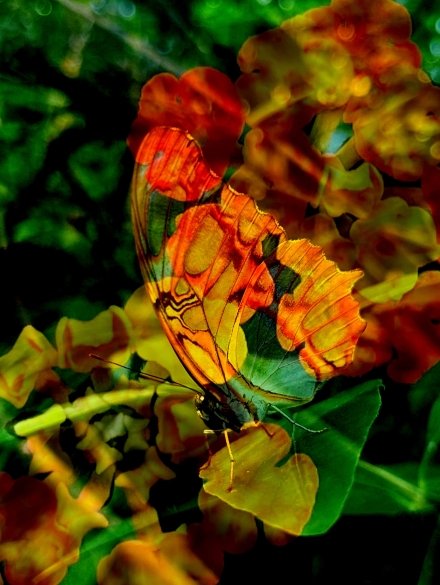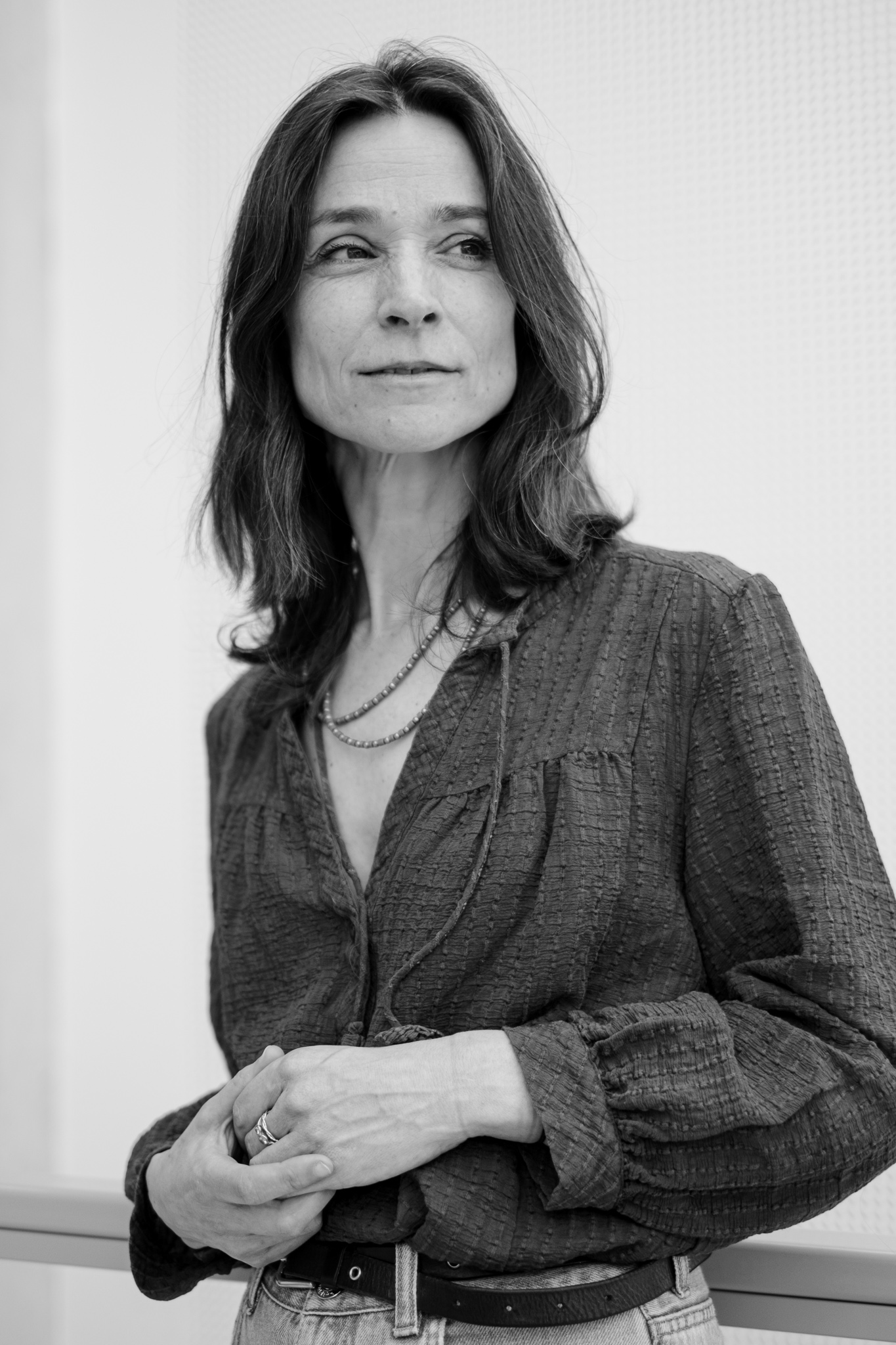Investigation at the zoo
- Theatre
- Education in Art
"Practising wonder and learning to open yourself to different perspectives. Curiosity towards the other, particularly in a time when we have a tendency to hold onto preconceived positions. That's very much what the Artisteducator in Theatre course at ArtEZ in Arnhem is about", explains lecturer Inés Sauer. A good example of that openness is the ‘Contemporary Aesthetics of the Other’ project, in which second-year students are conducting research into how people relate to animals at Burgers’ Zoo.

"In this project, the students learn how they relate to an environment and to others, and make work based on that. The educational aspect of the course is important, so we always seek to bring in the societal context. We don't make work about others but with them. We sometimes call them the experts in reality", says Inés. She is a dramatist and supervises students on the Artisteducator in Theatre bachelor's course at ArtEZ.
Interrogating the world around you
"This is a very intensive and exciting project, because we are going in at the deep end. Nobody knows how the research they embark on will end. We dive right in and swim – which is very much how art and theatre are. I wouldn't want to be a lecturer who already knows exactly what theatre is. You have to keep on interrogating the world around you. Otherwise, you end up in a bubble."
Contemporary Aesthetics of the Other
The Artisteducator in Theatre course at ArtEZ lasts four years, of which the first two consist of various projects in which students get to choose their own emphases. The second two years revolve around internships in the Netherlands and abroad and elective projects, explains Inés. In the second year, students do the ‘Contemporary Aesthetics of the Other’ project, in which they learn to relate to various groups within society, to the other.
Partnership with Burgers’ Zoo
In 2023, the course started working closely with Burgers’ Zoo in Arnhem for the first time. In this setting, the research into the other focuses on the relationship between humans and animals and how students can represent animals' 'voices'. Inés: “In the arts, there is more and more interest in a post-humanistic perspective. What if you don't take the human being as your starting point? The life around us is just as valuable. That's why in this research we are focusing on animals."
“Burgers’ Zoo was also keen to work more closely with our students. We did go there for a project last year, but it was shorter", says Inés. "The zoo is quite a complex environment for a project, for lecturers as well as for students. On the one hand it is a place where you can walk around joyfully, like a child. They look after the animals really well there and they have an educational mission. The objective of the zoo is to preserve endangered species. On the other hand, the animals are in enclosures, which immediately prompts discussion of the relationship between humans and animals. The balance of power is unequal. That evokes endless questions, which provides material for the students to work with."
Classes at the zoo
The project allocates eight weeks to be spent at Burgers’ Zoo: the students work three days a week on location and have classes at the academy for the remaining two days. During the project, they attend classes given by various philosophers, the head of education at the zoo and by Inés and her fellow lecturers. Movement and performance classes, philosophy classes about the relationship between humans and animals and tours of Burgers’ Zoo are all on the curriculum. "We provide the theory and exercises and the students build on that. At the end of the project, they present various performances in groups. We always have presentations to close."

"I sometimes tell the students: I could have done this project in the dunes too. It would have been a lot more peaceful and less complex. There's no discomfort there because of that imbalance of power. But this is the reality; the complexity that comes from relating to an environment like this, that what it's all about. Learning to make theatre on location is very valuable. What does an environment do to you? It's a great learning process for student and lecturer alike."


